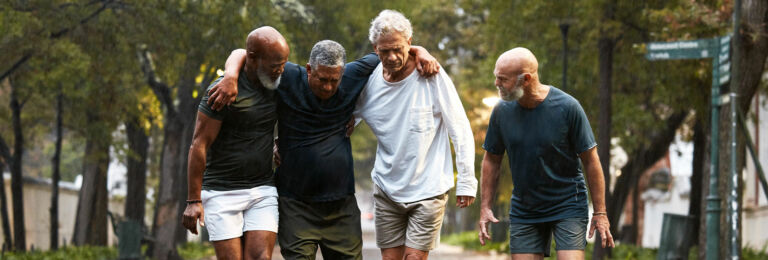Without performing a comprehensive examination, we are not able to comment on your specific condition. That being said, cases like the one you’ve provided are a common presentation in our clinics.
Ankle sprains involve damage to ligaments that can range from tissue irritation up to a full thickness tear. Research has shown that control of the ankle is significantly altered following a sprain. One of the reasons this is thought to occur is due to a change or delay in the muscle activation which helps to stabilize the ankle and prevent sprains from occurring. These changes may significantly increase the risk of having multiple future sprains following just one ankle sprain.
For simple ankle sprains, activities involving balance are a great avenue to improve muscle activation and stabilization throughout the injured lower extremity. This can range from standing on one foot to more advanced activities involving unsteady surfaces – always ensuring hands are near something stable to prevent falls.
Given your history above, a referral for physical therapy would be warranted to ensure you are able to continue to enjoy an active lifestyle. Often times, in physical therapy there would be a focus on optimizing the mobility, strength, balance, and stabilization throughout your leg to maximize your safety and ability to continue doing the things you love!
We’ve included some additional resources below and would advise you set up an appointment at one of our clinics.

Bulletproof Ankles — How do I prevent repeating an ankle sprain?
Maintaining good flexibility and ankle mobility is critical for ankle health. Strong ankles are also important for withstanding the occasional misstep that all too often leads to a sprained ankle.

Sprained Ankle? What You Need to Know.
Our ankles and feet are often undertrained and neglected parts of our bodies, so it’s not surprising that ankle sprains are, unfortunately, a common injury. If you think you sprained your ankle, a physical therapist can help.

Injury Prevention
Most injuries come from a combination of our genetic blue print and the physical environment we live, work, and play in. Even the seemingly straight-forward

Ankle pain or injury? Try PT!
To speed up the recovery period after an ankle injury, seek care from your local physical therapist.
